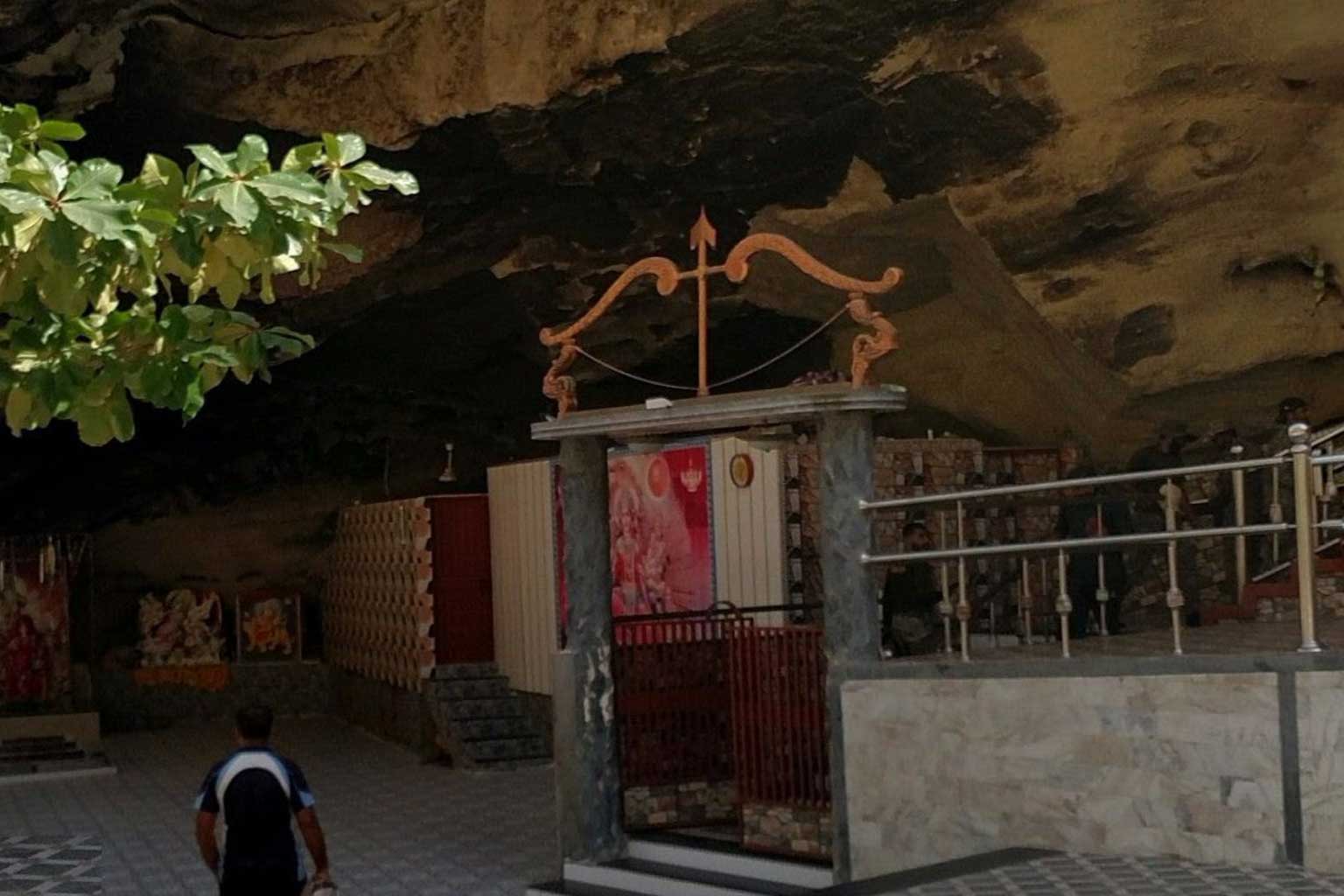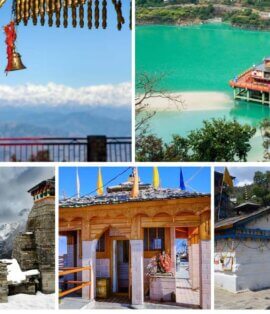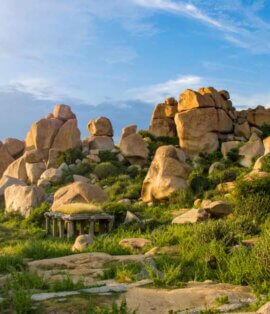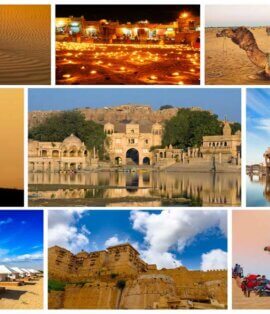Nestled in the rugged and arid landscapes of the Hingol National Park in Balochistan, Pakistan, lies one of the most ancient and revered Hindu pilgrimage sites — the Hinglaj Mata Mandir. This sacred temple, also known as Hinglaj Devi, holds immense significance in Hindu mythology and is one of the 51 Shakti Peethas, places believed to have been sanctified by the presence of the goddess Sati.
What is the History of Hinglaj Mata Mandir?
The origin of the Hinglaj Mata shrine is steeped in mythology and legend, dating back thousands of years. According to Hindu texts, when Goddess Sati, the consort of Lord Shiva, immolated herself in protest against her father Daksha’s insult to her husband, a grief-stricken Shiva wandered the universe carrying her charred body. To relieve Shiva’s sorrow and restore cosmic balance, Lord Vishnu used his Sudarshan Chakra to dismember Sati’s body, and the pieces fell at various places across the Indian subcontinent, each becoming a sacred site — a Shakti Peeth.
Is Mata Sati’s Shakti Peeth in Pakistan?
Yes, Hinglaj Mata Mandir is one of the most significant Shakti Peeths, and it is located in Pakistan, specifically in the Lasbela district of Balochistan province. It is among the few Shakti Peethas that lie outside India and is considered one of the most powerful and holiest shrines for followers of Shaktism (worshippers of the Goddess or Devi).
Which Part of Mata Sati Fell in Hinglaj?
As per religious beliefs, the head (or Brahmarandhra) of Goddess Sati is said to have fallen at Hinglaj. This makes the site incredibly sacred, as the head symbolizes the seat of consciousness and divinity. Owing to this, the temple is not just a spiritual site but a symbol of eternal energy and divine feminine power.
How to Reach Hinglaj Devi Temple in Pakistan from India?
Reaching Hinglaj Mata Mandir from India requires careful planning, as it involves international travel:
- Visa Requirement: Indian citizens must obtain a Pakistani visa, specifically mentioning pilgrimage or religious tourism.
- Route: The most common route is through Karachi, which is around 250 km from Hingol National Park. From Karachi, devotees can travel by road towards Lasbela District, reaching Hinglaj.
- Pilgrimage Groups: Many times, special pilgrim groups or organizations arrange yatra from India with necessary permissions from both governments. It’s safer and easier to travel as part of such a group.
Despite the borders, the faith of the devotees bridges the gap between the two nations.
Hinglaj Mata Story and Local Significance
The local tribes of Balochistan, including Muslim Zikris and Balochs, also hold Hinglaj Mata in high regard and refer to her as “Nani Mandir”. They participate in the pilgrimage and serve Hindu pilgrims during the annual yatra. This cultural harmony around Hinglaj is a remarkable example of interfaith reverence.
The temple is located in a cave, unlike typical temples with elaborate structures. The natural setting of the cave surrounded by stark mountains and the Hingol River adds to its mystical aura.
Which is the Largest Hindu Temple in Pakistan?
While Hinglaj Mata Mandir is one of the most sacred Hindu sites, the Shri Hinglaj Mata Mandir is not the largest. That title typically goes to the Shri Swaminarayan Mandir in Karachi or the Shri Varun Dev Mandir, also located in Karachi, known for their large structures and communities. However, in terms of spiritual significance and number of pilgrims during yatra, Hinglaj Mata Temple holds a preeminent place.
People Also Search For
- Hinglaj Mata temple in which country?
It is in Pakistan. - How to reach Hinglaj Devi temple in Pakistan from India?
Via Karachi by road, post visa approval. - Hinglaj Mata Mandir in Pakistan
Located in Hingol National Park, Balochistan. - Hinglaj Mata Photo
Images of the deity are often shared by pilgrims; the shrine itself is a natural cave with a red stone symbolizing the goddess.
Conclusion
Hinglaj Mata Mandir is more than just a temple — it is a spiritual journey through ancient legends, rugged terrains, and timeless devotion. Despite being located in Pakistan, the deep-rooted connection of this Shakti Peeth with Hindu devotees from around the world, especially India, remains unshaken. The annual yatra continues to attract thousands of pilgrims who come seeking blessings, unity, and spiritual peace from Maa Hinglaj — the powerful embodiment of Shakti.
You can hyperlink it in your article like this:
To know more about the official Hinglaj Yatra, visit the Pakistan Hindu Council’s Hinglaj Yatra page.






